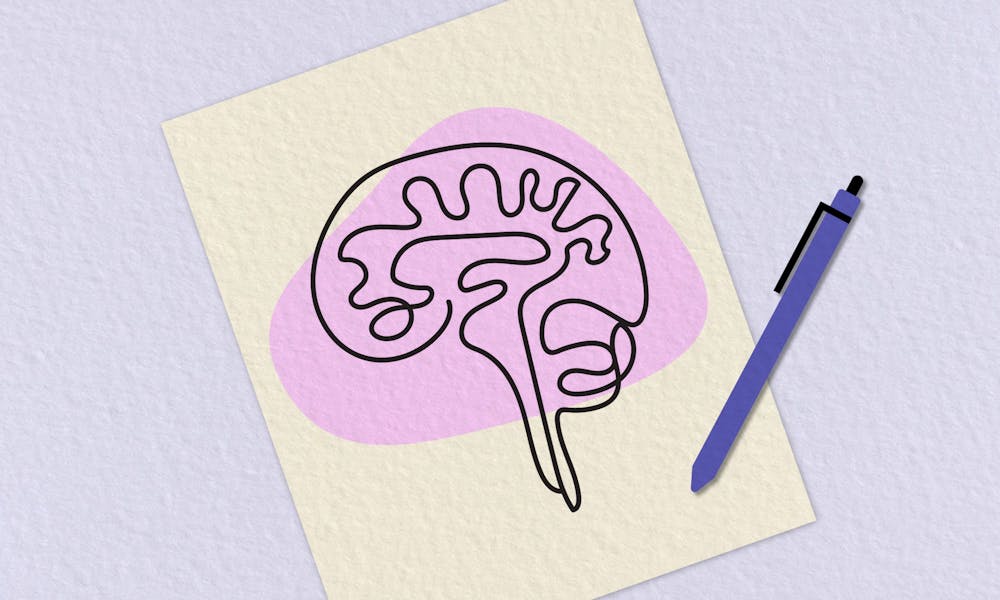It’s not about the destination, but rather the journey. It turns out that this mantra, as trite as it sounds, actually holds some truth when it comes to art. Many artists find that painting, sketching, and sculpting offer an emotional release, making the process of artistic creation just as important as the final product. It doesn’t matter if someone is a master of light and shadow, or if they can freehand a straight line—art may still have health benefits. For these reasons, art therapy has amassed massive amounts of popularity in recent years.
While using an adult coloring book or painting by numbers may be therapeutic, neither of these are actual examples of traditional art therapy. As an established field with credentialed professionals, art therapists employ specific methods with strategies suited to the psychotherapeutic needs of individual patients. Defined by the American Art Therapy Association as an “integrative mental health and human services profession,” art therapy attempts to “improve cognitive and sensorimotor functions, foster self–esteem and self–awareness, cultivate emotional resilience, promote insight, enhance social skills, reduce and resolve conflicts and distress, and advance societal and ecological change.”
The field may seem unfamiliar, but art therapists are actually more widespread than you might assume. While many art therapists operate their own private practices, they also can be found in hospitals, veterans' clinics, senior homes, forensic locations, and more. Art therapists in these locations use creation to help people process trauma, heal from mental or physical illness, and improve their general well–being. The mode of therapy has been used in treatment for a myriad of conditions such as PTSD, eating disorders, depression, anxiety, and addiction.
Many take pleasure in dragging a brush across or splattering paint on a canvas, but the main goal of art therapy is to help the patient release and communicate their pent up emotions. Art therapists capitalize on the field's ability to communicate experiences and sentiments that are otherwise difficult to verbalize. By giving patients the tools to use visual language as a medium of expression, these therapists facilitate a sense of comfort with their clients. Using color, symbols, technique, and subject matter as sites of analysis, an art therapist may find clues that help them better understand a patient’s state of mind—ultimately enabling them to move forward with a treatment plan.
The list of different types of therapy available in our contemporary society is extensive and continues to grow. Art therapy is a unique form that harnesses the power of creativity toward healing, making it one of the most impactful in the field.







